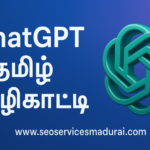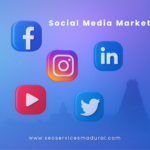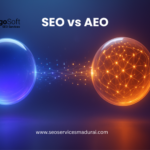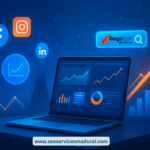Introduction
In the dynamic landscape of online business and digital marketing, getting your website noticed by search engines is paramount. High search engine rankings can significantly impact your online visibility and, consequently, your success. This is where the art of On-Page SEO (Search Engine Optimization) comes into play. In this guide, we will explore the strategies and techniques that can elevate your website’s rankings to new heights.
Understanding On-Page SEO
On-page SEO refers to the optimization of individual web pages to improve their search engine rankings and drive organic traffic. It involves various elements that are directly under your control when managing your website. By focusing on these aspects, you can make your website more appealing to both users and search engines.
1. Keyword Research and Optimization
Keywords are the foundation of On-Page SEO. They are the words or phrases that users type into search engines when looking for information. Conduct thorough keyword research to identify the terms and phrases relevant to your content and target audience.
- Long-Tail Keywords: These are longer and more specific keyword phrases. They often have less competition and can be highly effective for niche topics.
- Keyword Placement: Once you’ve identified your target keywords, strategically place them in your content. Include them in your page title, headings, subheadings, and within the body of your content.
2. High-Quality Content
Content is king in the digital realm. Search engines reward websites that provide valuable, informative, and engaging content to users.
- Relevance: Ensure that your content is relevant to your target audience and aligns with their needs and interests.
- Originality: Avoid duplicate content. Search engines prioritize unique and original content.
- Readability: Use proper formatting, headings, and bullet points to make your content easy to read and digest.
3. Page Speed and Mobile Optimization
Website speed and mobile-friendliness are vital for user experience and SEO rankings.
- Page Speed: Optimize images, minimize HTTP requests, and use content delivery networks (CDNs) to improve loading times.
- Mobile Optimization: Ensure your website is responsive and displays well on mobile devices. Google now prioritizes mobile-first indexing.
4. Meta Tags and Descriptions
Meta tags and descriptions provide information to search engines about your page’s content.
- Title Tags: Create unique and descriptive title tags for each page, incorporating your target keywords.
- Meta Descriptions: Write compelling meta descriptions that summarize your page’s content and encourage clicks.
5. Internal and External Links
- Internal Links: Use internal links to connect related pages within your website. This enhances user navigation and helps search engines understand your site’s structure.
- External Links: Link to reputable sources and high-quality websites when appropriate. This can improve your site’s credibility.
6. User Experience and Engagement
Search engines consider user engagement metrics, such as bounce rate and time on the page, as indicators of a page’s quality.
- Engaging Content: Craft content that captures and holds the reader’s interest.
- Intuitive Navigation: Make your website easy to navigate with clear menus and a logical page hierarchy.
7. Image Optimization
Optimize images by compressing them, using descriptive file names, and adding alt text. This not only improves page load times but also enhances accessibility.
8. Schema Markup
Implement schema markup to provide search engines with additional context about your content. This can lead to rich snippets in search results, enhancing your visibility.
Conclusion
Mastering the art of On-Page SEO is a continuous process that requires attention to detail and a commitment to providing the best possible user experience. By focusing on keyword optimization, high-quality content, page speed, mobile-friendliness, and other crucial elements, you can significantly improve your website’s rankings on search engines. Remember, SEO is not a one-time effort; it’s an ongoing practice that can yield long-term benefits for your online presence and business success.











